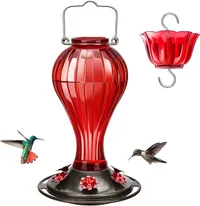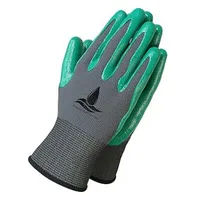7 easy ways to keep birds cool this summer — your backyard visitors will thank you
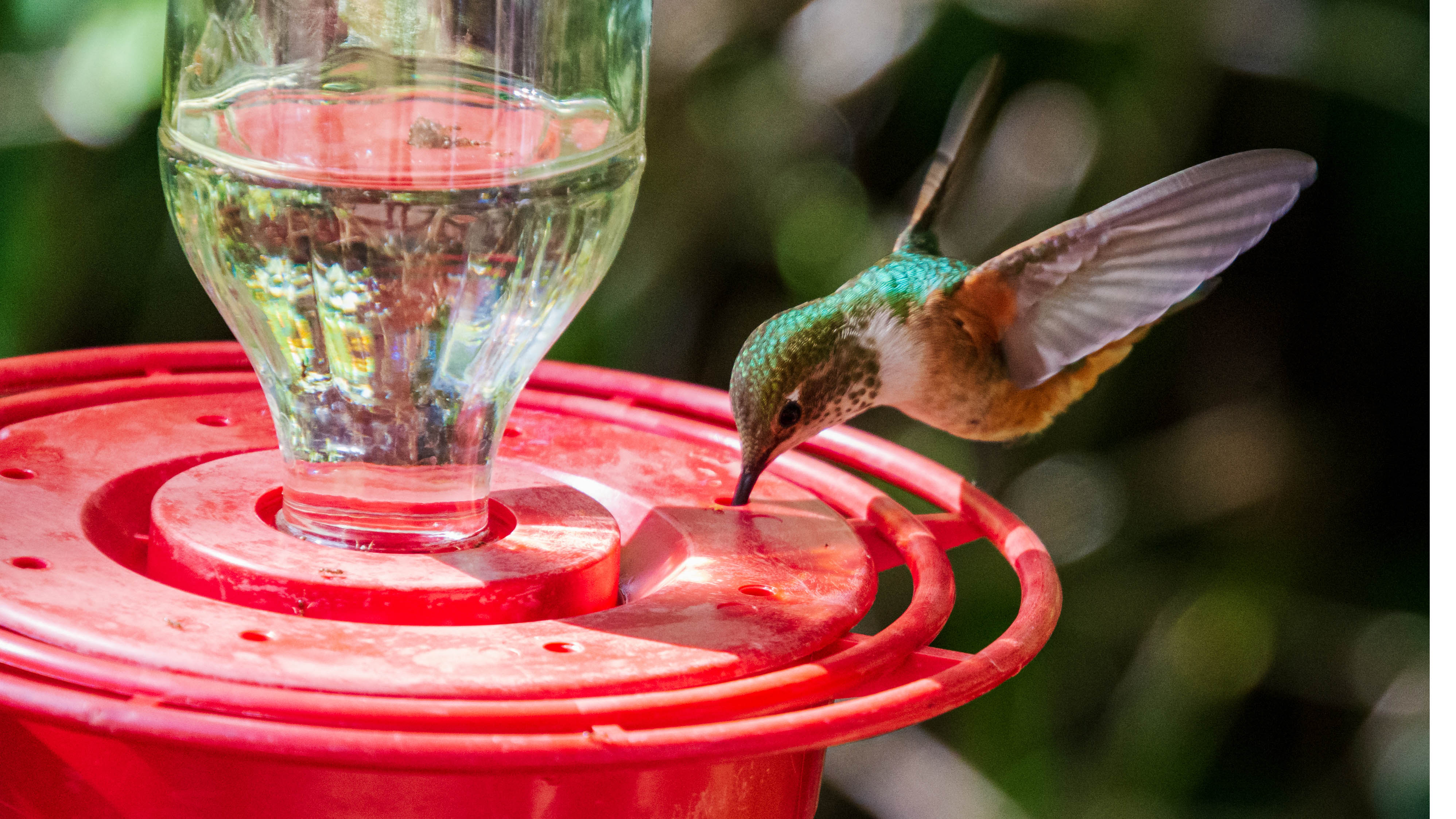
Summer heatwaves can be brutal for humans, but they're equally challenging for the birds in your backyard. While birds have evolved their natural cooling mechanisms, temperatures can still push them to their limits.
With a few simple adjustments to your outdoor space, you can create a cooling sanctuary that helps your feathered neighbors survive even the most scorching days. Unlike humans, birds can't sweat to regulate their body temperature, so they rely on other factors to stay cool.
By understanding how birds naturally cope with heat and providing the right resources, you can make a real difference in their survival during dangerous temperature spikes.
These seven practical steps will help transform your yard into a bird-friendly oasis that provides relief when birds need it most.
1. Provide plenty of shade and shelter

Birds instinctively seek shade when temperatures soar, just like we do. Create multiple shaded areas in your yard by planting dense shrubs, maintaining leafy trees, or even setting up temporary shade structures.
Birds will hide in hedges, brambles, or high within tree canopies to escape the sun's intense rays. If you're planning new landscaping, consider native plants that provide thick coverage.
Even small additions like potted plants or garden umbrellas can offer crucial relief spots for birds during the hottest parts of the day.
2. Install bird baths and water features
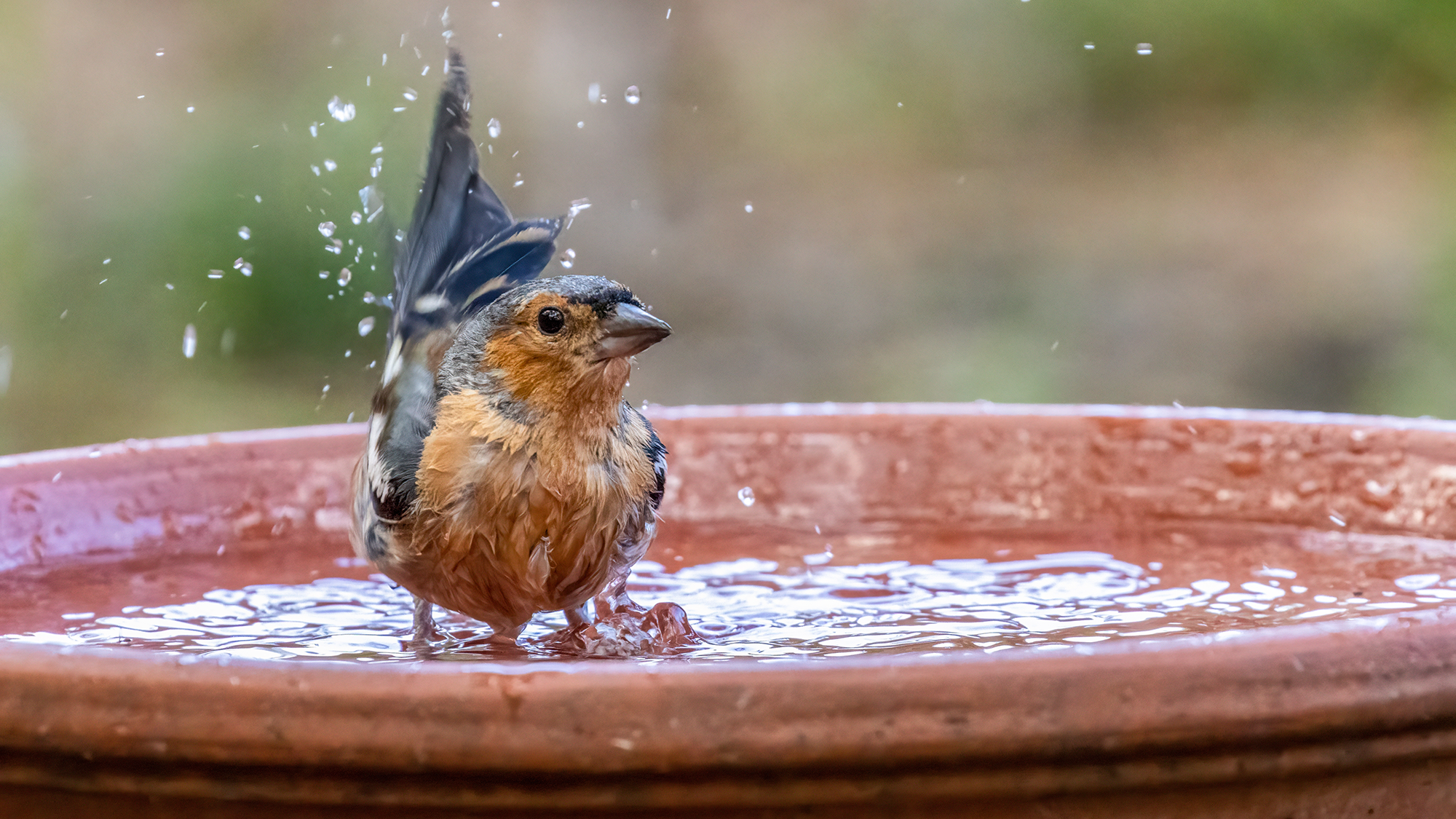
Fresh water is essential for birds to cool down through bathing and drinking. Place shallow bird baths in shaded areas and refill them daily with clean water. Smaller birds like robins, blackbirds and starlings will splash and paddle to regulate their temperature.
The water should be no deeper than 2 inches for smaller birds. If possible, add a dripping water feature or fountain, the sound of moving water attracts birds and helps prevent stagnation. Clean your bird bath thoroughly once a week to keep it algae free.
Hummingbird nectar feeders: from $7 @ Amazon
Amazon has a wide selection of hanging bird feeders that are easy to hang/reposition and durable. Prices start as low as $7 for feeders with five feeding ports and more.
3. Position nest boxes strategically
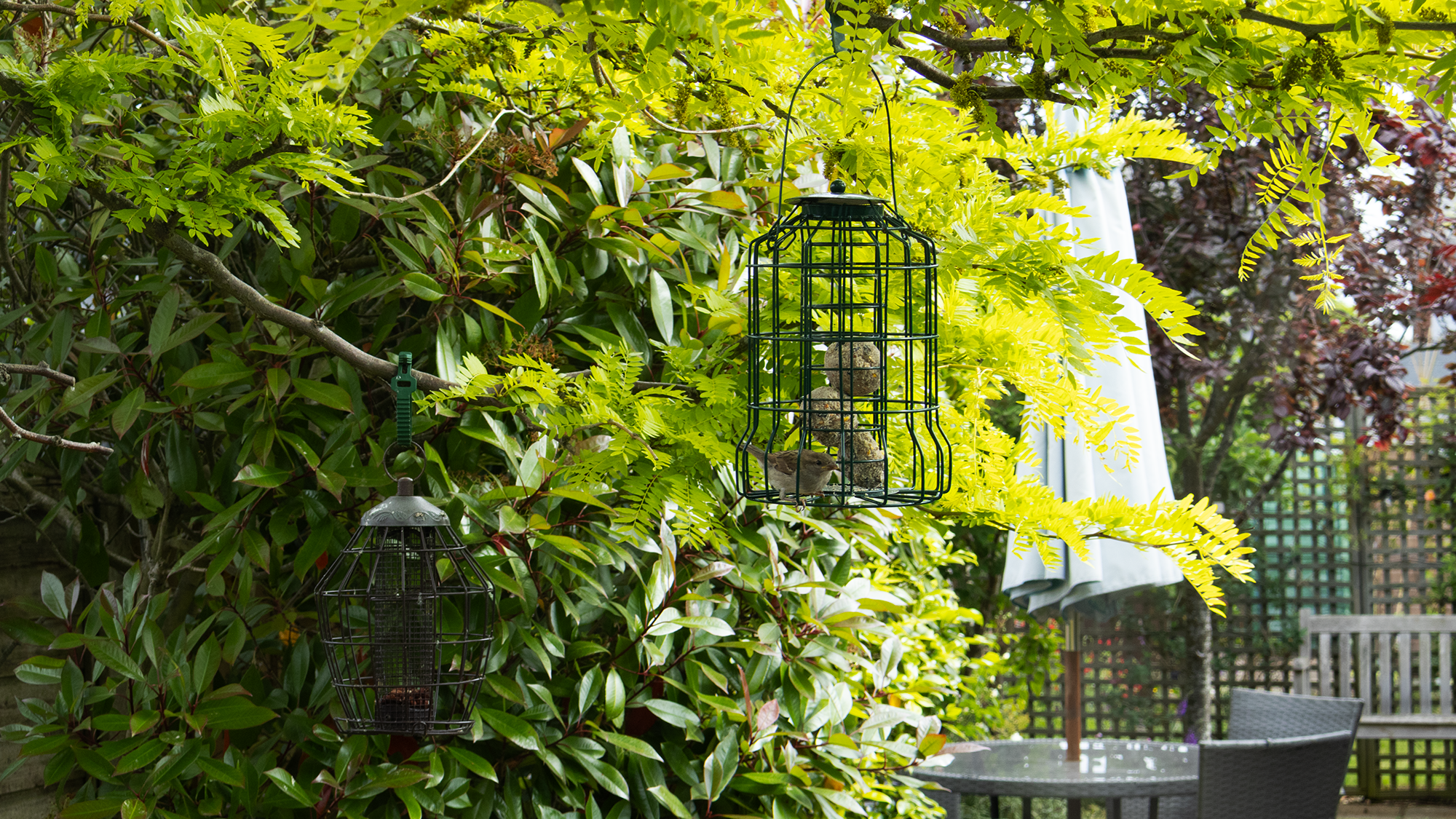
Proper nest box placement can be the difference between life and death for baby birds during heatwaves. Install boxes away from direct afternoon sun, ideally facing north or northeast to avoid the strongest rays.
Most birds naturally choose shaded locations for nesting to protect their chicks from overheating. If you already have nest boxes in sunny spots, consider adding small roof extensions or relocating them to cooler areas.
The temperature inside a poorly placed nest box can become dangerously high, putting vulnerable chicks at serious risk.
4. Maintain feeding schedules during cooler hours

Birds are more active during dawn and dusk when temperatures are lower, so time your feeder refills accordingly. During extreme heat, avoid putting out foods that spoil quickly in hot weather. Stick to seeds, nuts, and other non-perishable options.
You might notice fewer visitors to your feeders during midday heat — this is normal behavior as birds retreat to shade during the hottest hours. Keep feeders in shaded locations to prevent food from overheating and becoming harmful to consume.
5. Create dust bath areas
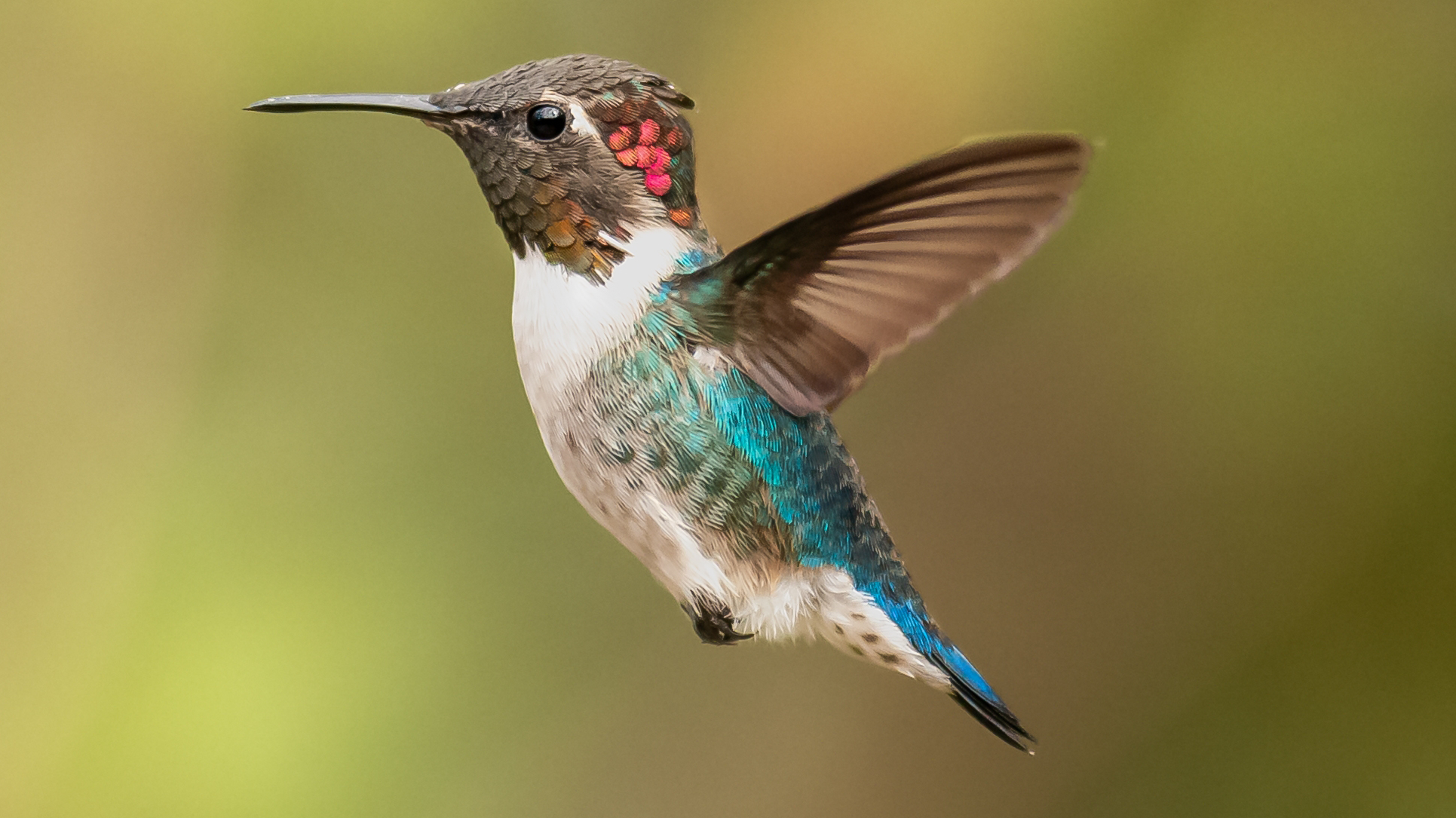
While not mentioned in every cooling guide, dust baths help birds maintain their feathers, which is crucial for temperature regulation. Create a shallow depression filled with fine, dry soil or sand in a partially shaded area.
Birds use dust baths to control parasites and keep their feathers in optimal condition for insulation and cooling. A well-maintained dust bath area shows birds that your yard is a safe, resource-rich environment where they can perform essential self-care behaviors even during stressful weather conditions.
6. Avoid using pesticides and chemicals
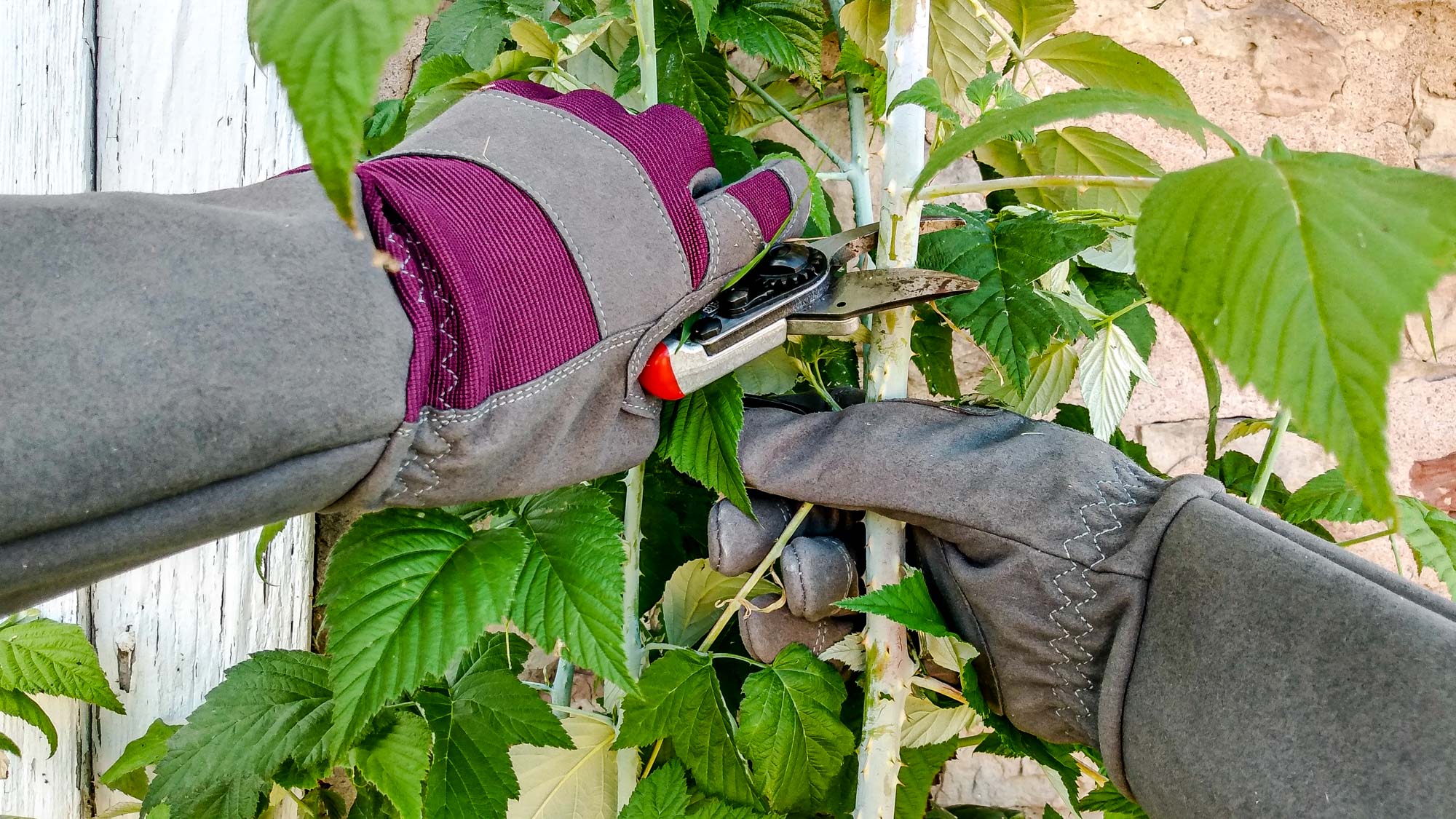
Chemical treatments can stress birds' systems when they're already struggling with heat. Pesticides reduce insect populations that many birds rely on for food, especially during breeding season when they need protein-rich diets.
Stressed, poorly-fed birds are less capable of handling extreme temperatures. Opt for natural gardening methods and perhaps embrace a slightly wilder yard that provides natural food sources.
Native plants attract insects that birds need, creating a more resilient ecosystem that supports birds through severe heat.
These gardening gloves provide an excellent grip and have a comfortable fit around the wrist, plus they are breathable and machine washable and available in three sizes. They are perfect when you need a medium-duty gloves that provides dexterity. Plus, they come in a pack of two.
7. Watch for signs of distressed birds

Learn to recognize when birds need help. Look for birds panting with open beaks (especially blackbirds), sitting motionless in shade, or appearing lethargic.
While panting is normal cooling behavior, excessive distress signals may indicate a bird needs immediate assistance. If you find a bird that seems overcome by heat, place it in a cool, dark, well-ventilated space and contact local wildlife rehabilitators.
Never attempt to give water directly to a distressed bird's mouth, as this can cause drowning. Quick action and proper resources can make a huge difference to a bird's survival this summer.
Now you've learned how to keep your feathery friends cool this summer, why not take a look at our other useful guides?
If you want more hummingbirds, check out these 7 tips for attracting them to your yard and this simple nectar recipe to encourage them to visit. And don't miss 7 pollinator-friendly plants to grow now.
More from Tom's Guide
- How to help your houseplants thrive when you're on vacation
- I made a DIY air cooler for $0 to beat the heatwave
- How to make cold brew at home with just a French press
Get instant access to breaking news, the hottest reviews, great deals and helpful tips.

Kaycee is Tom's Guide's How-To Editor, known for tutorials that skip the fluff and get straight to what works. She writes across AI, homes, phones, and everything in between — because life doesn't stick to categories and neither should good advice. With years of experience in tech and content creation, she's built her reputation on turning complicated subjects into straightforward solutions. Kaycee is also an award-winning poet and co-editor at Fox and Star Books. Her debut collection is published by Bloodaxe, with a second book in the works.
You must confirm your public display name before commenting
Please logout and then login again, you will then be prompted to enter your display name.
